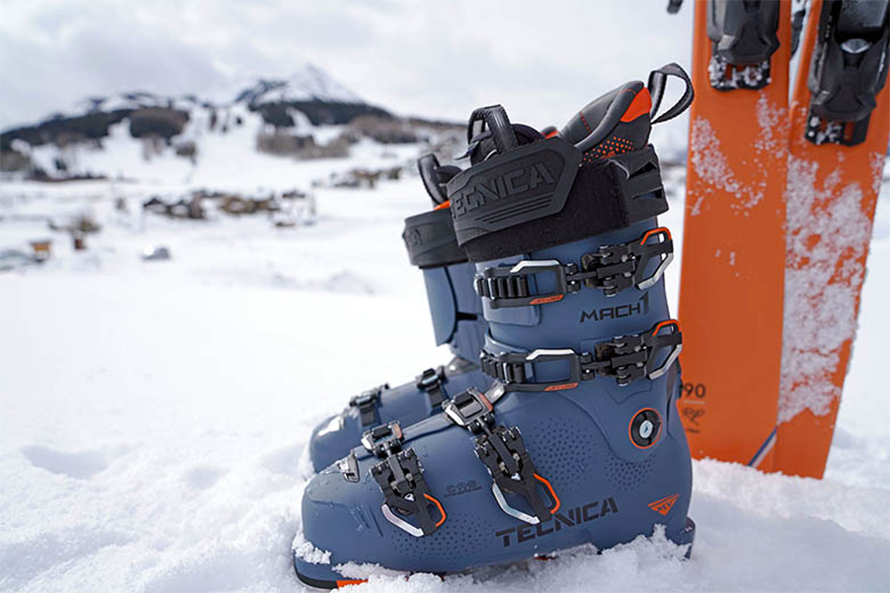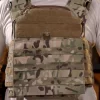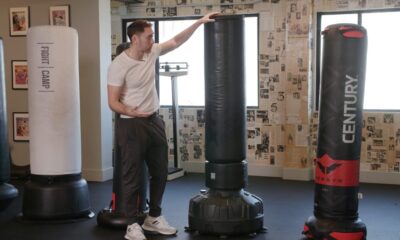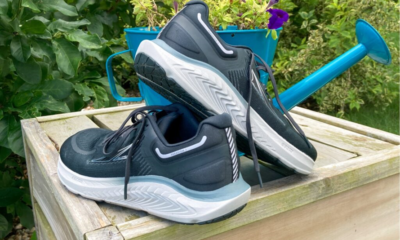Sports
How to Choose the Right Ski Boots
There are several factors that can help you narrow down your options and buy the right pair of skiing boots.
Whether you are buying your first pair of ski boots, or you are replacing your old pair, the task can be quite hard, with so many options on the market. Unfortunately, there is not an easy answer to the question of which boots for skiing are the best, because everyone’s foot is different, and what is the best boot for someone can be a bad choice for you. Ski boots are how your body connects to the skis, which is why they are probably the most important element of your ski equipment, so it is crucial that you give yourself the time to choose. It is also recommended to buy from a reliable shop, with employees that can help you find what you need.
The most important things to find are the right size and the right flex, which will feel comfortable, and allow you to perform best. There are several factors that can help you narrow down your options and buy the right pair of skiing boots. These include your height and weight, your level and your aspirations, how often you will use them, etc. And, while ski boots look cool, especially to people who love the sport – aesthetics isn’t something that you should take into account. So, you should never allow colour or other visual features to influence your choice, if what you like doesn’t correspond to what feels best.
Get the Right Size
Finding the right size of ski boots is very different from finding the right size of regular footwear that you wear for any other activity, and it is really hard to find it according to your shoe size. This means that if you are looking for your first pair of boots for skiing, you need to forget everything you know about finding the right fit for sneakers or other types of shoes. This is because first of all, there is a special scale, called Mondopoint, that is used to measure ski boots, and secondly, the rule that you buy the shoes that correspond to your feet size doesn’t always apply when you are buying boots for skis.
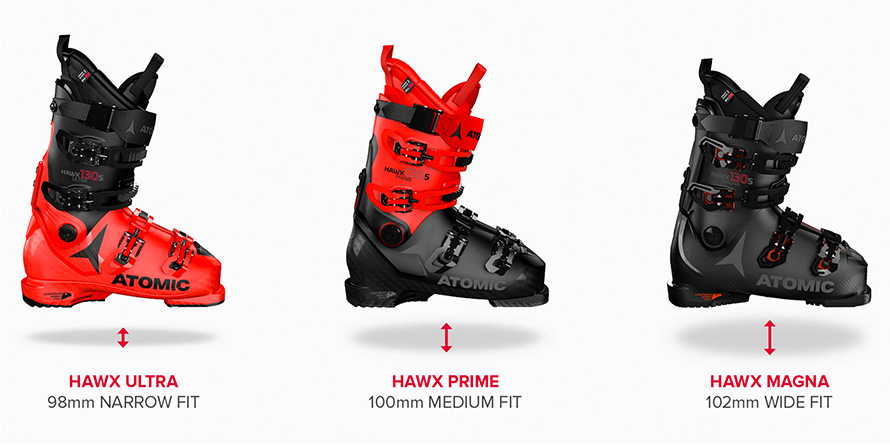
Mondopoint size is expressed in centimetres and you can determine yours by placing your heel against a vertical surface (like a wall) and then measuring the distance from the surface to the end of your longest toe. One of the things that can help you determine the size of ski boot you need, is your skill level. Beginner and intermediate skiers should choose a boot that is close or slightly longer than their Mondopoint size, intermediate skiers need a boot close or slightly shorter than their indicated size, and advanced and expert skiers often choose a smaller size than their Mondopoint size.
Another very important pay close attention to is how narrow or wide your foot is, because skiing boots come in a different width (or last), and the wrong fit can have a negative impact on your performance. Because it is so important but so hard to find the right fit, if it’s your first time buying skiing boots, you should think about talking to a knowledgeable fitter. Basically, your ski boots should feel snug, but they shouldn’t cut off your blood flow or cause pain.
What About the Flex?
Expressed in a number, flex refers to how difficult it feels to flex the boot forward. These numbers go from 50 to 130, with smaller numbers indicating softer, and higher numbers stiffer boots. However, while ski boot sizes are standardised, flex index is not, which means that it will defer from manufacturer to manufacturer. Determining the flex that is most suitable for you is individual, but less according to your preferences and more according to your skill level. Namely, beginners are better off with softer flex, whereas more advanced and expert skiers need stiffer boots for skiing, because stiffer boots provide more control Generally, women need a flex of around 110, while men need flax of around 130, because women tend to have less body mass.
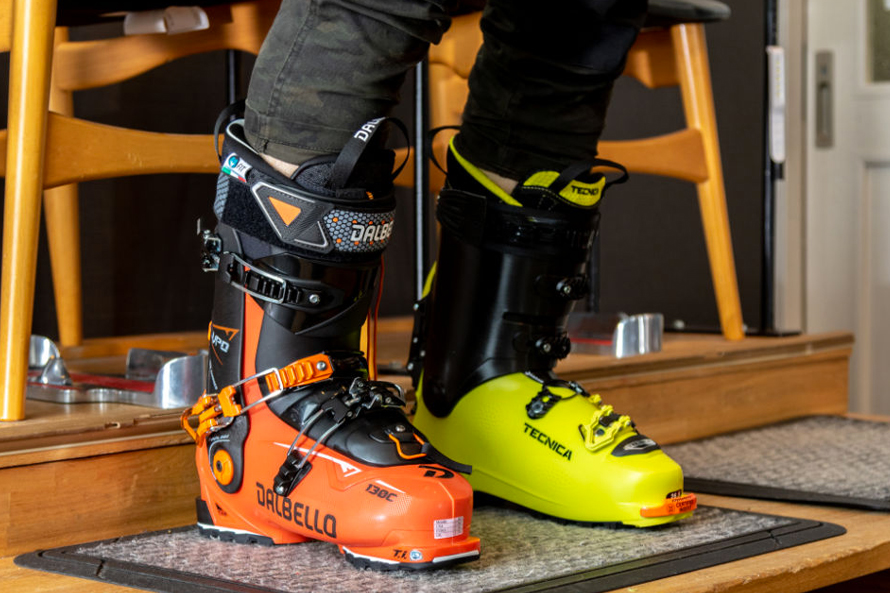
It is a misconception that the number of buckles has a major influence on the ski boot’s flex. As a matter of fact, there are ski boots that are very stiff, even though they only feature two or three buckles. Some skiers like four-buckle boots, while others prefer fewer buckles because it causes fewer pain points. So, the number of buckles you choose is more about comfort and preference.
Consider the Insoles
One more thing to consider when you are buying boots is aftermarket insoles. This is a great way to make your ski boots more comfortable. However, the role of the insole doesn’t end here. Besides making a huge difference in your comfort, they can also have a positive effect on your ability and performance, because they will help the skiing boot conform to your foot better.
Another reason to buy aftermarket insoles is for more support because the factory insoles inside your ski boots have a low arch so that they fit most skiers. However, everyone has a different arch height, which in some cases can cause issues. More support means more comfort, but it also means more control and better performance. The right insole for you will have an arch that will contour the arch of your foot.


